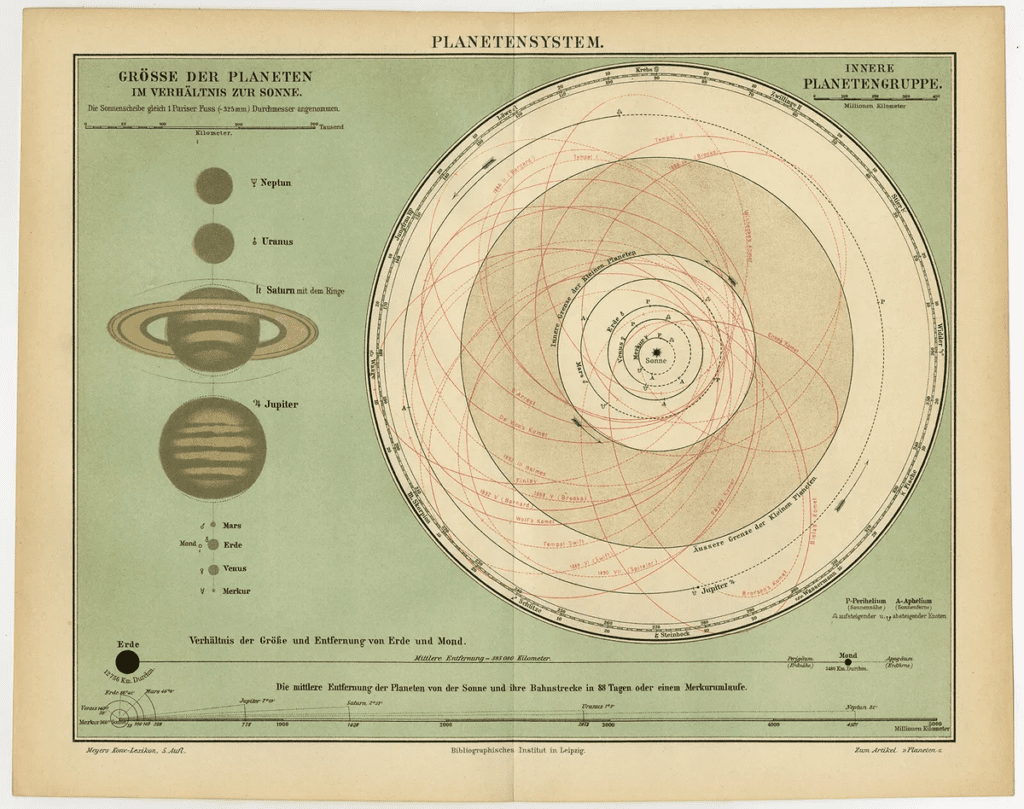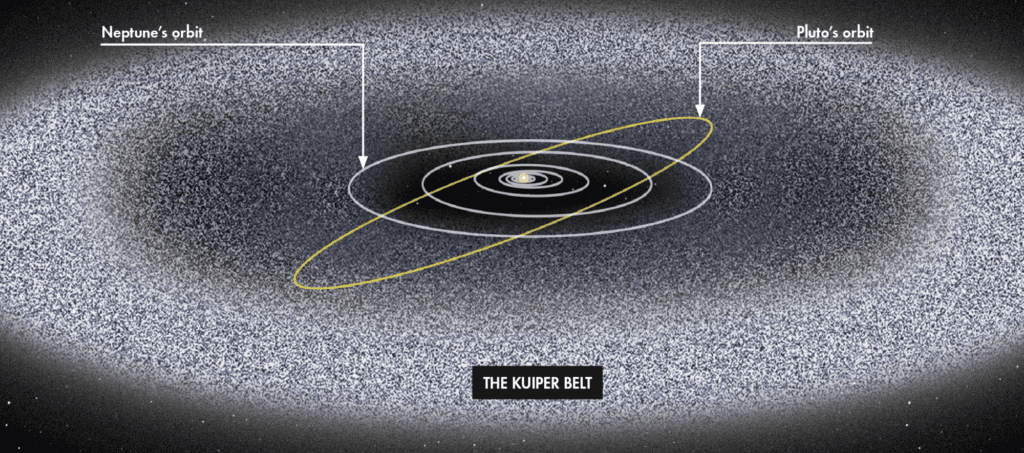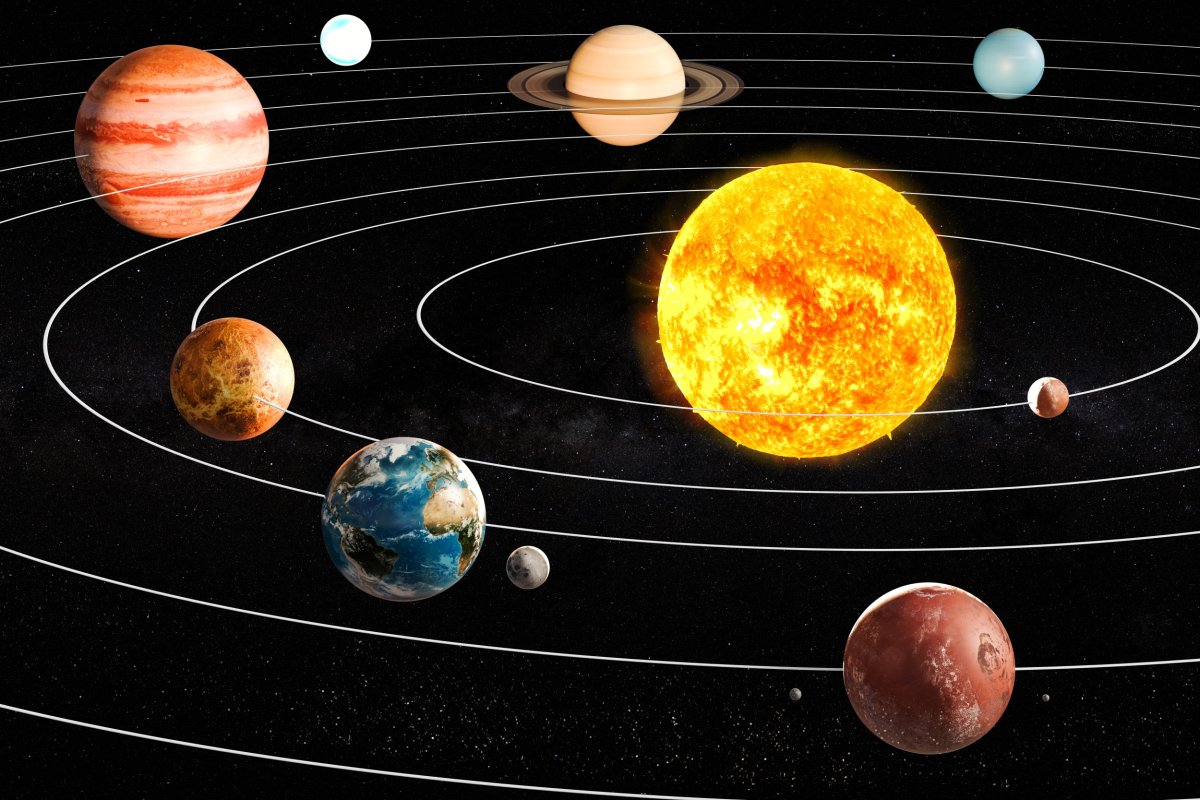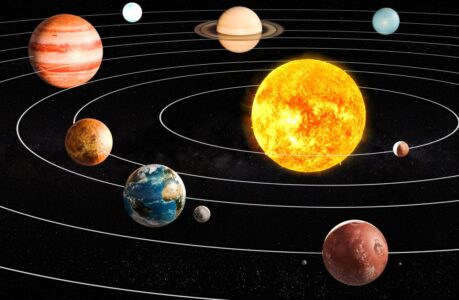Introduction
The question of how many planets are in our solar system has intrigued humanity for centuries. It is a topic that not only piques the curiosity of astronomers but also captures the imagination of the general public. The allure of celestial bodies orbiting our Sun has driven countless explorations, both scientific and fictional. In this article, we will delve into the intricacies of our solar system and provide a comprehensive answer to the titular question.
The Historical Perspective
The Classical Solar System
In antiquity, the concept of our solar system was vastly different from our modern understanding. Ancient civilizations, including the Greeks and Romans, identified a handful of celestial bodies visible to the naked eye as “wandering stars” or planets. These planets included Mercury, Venus, Mars, Jupiter, and Saturn. In this classical model, the Earth was also considered a planet, bringing the total count to six.

A Revolution in Understanding
The Copernican Revolution in the 16th century, spearheaded by Nicolaus Copernicus, transformed our understanding of the solar system. Copernicus’s heliocentric model correctly placed the Sun at the center, with the Earth and other planets orbiting it. This radical shift paved the way for a more accurate account of the planets within our solar system.
The Modern Solar System
The Eight Classical Planets
As of the early 21st century, astronomers officially recognized eight classical planets in our solar system. These are, in order of increasing distance from the Sun:
These eight planets constitute the core of our solar system and are often referred to as the “classical planets.”
Pluto’s Demotion
However, the status of Pluto, once considered the ninth planet, has been a subject of controversy and debate. In 2006, the International Astronomical Union (IAU) redefined the criteria for classifying celestial objects as planets, leading to Pluto’s reclassification as a “dwarf planet.” This decision reduced the count of recognized planets in our solar system to eight.
Recent Developments and Controversies
Trans-Neptunian Objects
Beyond Neptune, in a region known as the Kuiper Belt, lie numerous small celestial bodies. Some of these objects, such as Eris, Haumea, and Makemake, have characteristics similar to Pluto. The debate over whether to classify these objects as planets or dwarf planets continues within the astronomical community. If all Kuiper Belt objects meeting certain criteria were to be classified as planets, the number of planets in our solar system could potentially rise significantly.

The Case for Planet Nine
Astronomers have also speculated about the existence of a hypothetical ninth planet in the outer reaches of the solar system. This theoretical planet, often referred to as “Planet Nine” or “Planet X,” has not been observed directly but is inferred from its gravitational influence on other objects in the Kuiper Belt. The search for Planet Nine is ongoing, and its discovery could further alter our understanding of the solar system’s composition.
The Dwarf Planets
Pluto: A Unique Case
While Pluto is no longer classified as one of the eight classical planets, it remains a prominent and fascinating member of our solar system. Discovered in 1930 by Clyde Tombaugh, Pluto’s demotion to “dwarf planet” status sparked public interest and debate. Its complex relationship with the scientific community continues to evolve.
Other Dwarf Planets
Besides Pluto, several other dwarf planets have been identified in the Kuiper Belt. Notable examples include Eris, Haumea, and Makemake. These celestial bodies are smaller than the classical planets and have distinct characteristics that set them apart.
The Debate Over Planet Count
Should We Include Dwarf Planets?
The question of how many planets are in our solar system hinges on whether dwarf planets should be considered alongside the classical planets. Some argue that the term “planet” should encompass all celestial objects that orbit the Sun and meet certain criteria, irrespective of their size or location. Others advocate for a more exclusive definition that preserves the historical concept of planets.
Future Discoveries and Exploration
Advancements in Technology
As technology and observational techniques continue to advance, astronomers are likely to make new discoveries within our solar system. Telescopes, space probes, and missions to explore the outer reaches of the Kuiper Belt will provide valuable data that could influence the classification of celestial bodies.
The James Webb Space Telescope
The upcoming launch of the James Webb Space Telescope (JWST) holds promise for enhancing our understanding of distant objects in the solar system. With its advanced capabilities, the JWST may shed light on the existence of Planet Nine or reveal new insights into the properties of dwarf planets.
Conclusion
The question of how many planets are in our solar system is not a straightforward one. It involves historical context, scientific definitions, and ongoing debates within the astronomical community. While eight classical planets are officially recognized, the status of Pluto and other dwarf planets continues to be a point of contention. As our knowledge and technology advance, the number of planets in our cosmic neighborhood may evolve, opening the door to new discoveries and insights into the mysteries of our solar system.
Intriguingly, the solar system’s composition may not be set in stone, and future generations of astronomers and space enthusiasts may continue to redefine our understanding of this celestial realm.

